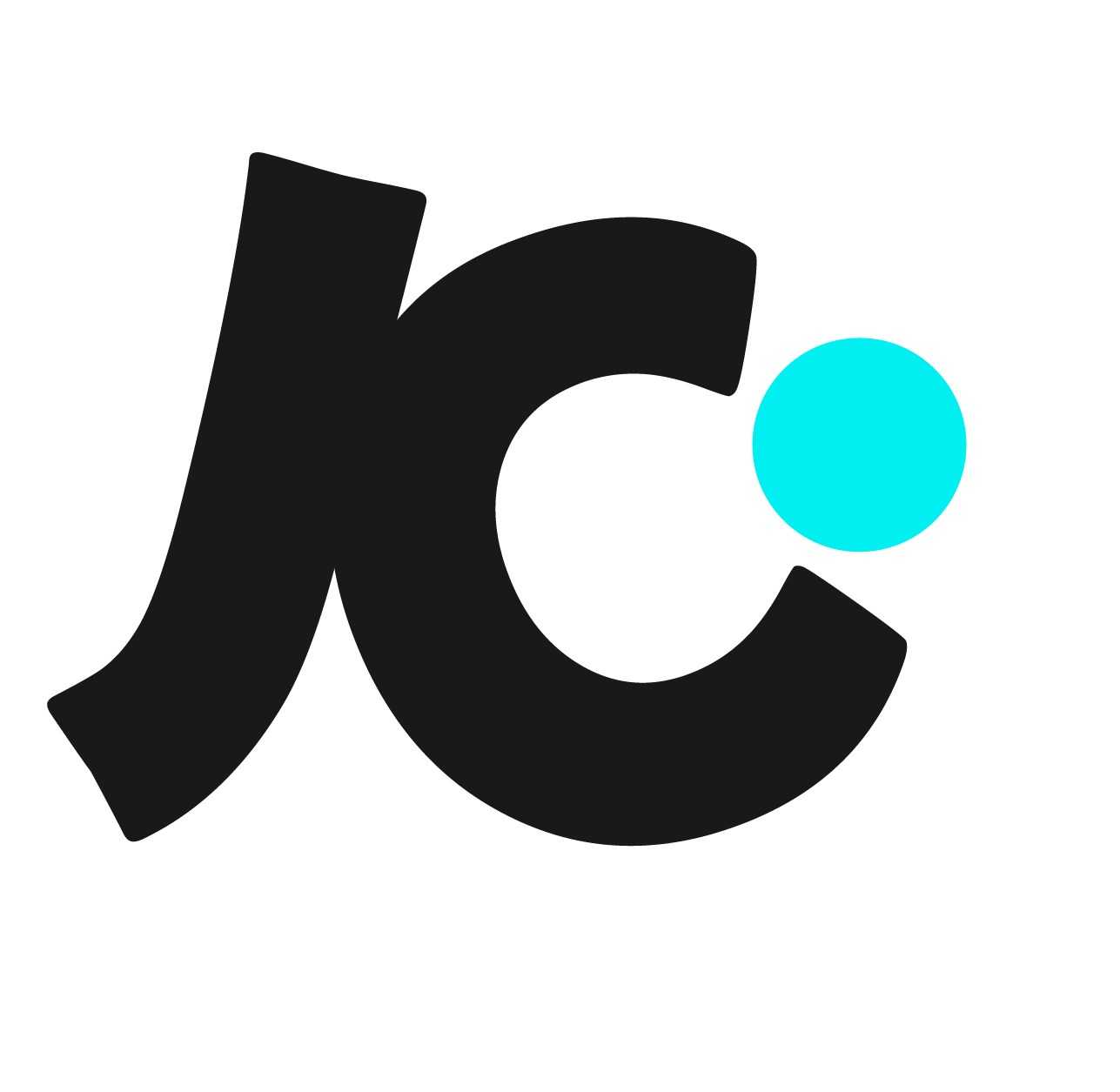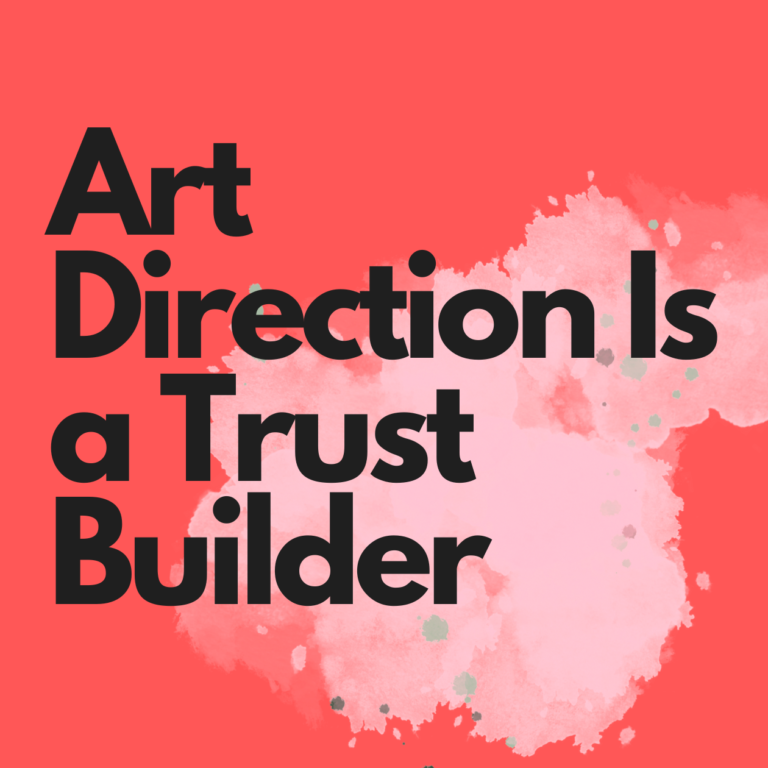The Creative Muscle
How to train your mind to come up with killer ideas.

Just like the gym—minus the sweat on your face… (well, almost).
Creativity isn’t a mystical privilege or a gift reserved for artists painting in the desert or poets with scarves and existential crises. It’s a human skill. Natural. Brutally powerful. And yes, trainable.
Everyone, absolutely everyone, was born with the ability to imagine, connect ideas, and solve problems in unexpected ways.
But like any skill, if you don’t use it, it fades. If you don’t train it, it rusts.
That’s why I want to invite you to see creativity for what it really is: a muscle.
One that gets trained, stretched, strengthened, slightly torn… and then it grows.
Because yes, growing hurts and that applies to the creative muscle too.
What does science say?
Neuroscience has shown that creativity isn’t locked in one single area of the brain, it involves an entire network: the Default Mode Network (DMN), which kicks in when you daydream; the Executive Network, which helps you make logical decisions; and the Salience Network, which acts like a referee between the two.
What does that mean? That being creative isn’t about magic, it’s about practice and making connections between different brain areas. A biological wonder!
So, how do you train that muscle?
🧠 1. High-octane fuel
Just like muscles need protein, creativity needs references.
Movies, books, music, design, art, memes, random convos at the bakery, everything counts.
Tarantino didn’t invent cinema, but he reinvented it with a mind soaked in pop culture, westerns, and kung fu.
Feed yourself good, diverse stuff every day. That’s your creative protein.
✍️ 2. Strength and technique (aka: write, fail, repeat)
Define problems, find insights, write, sketch, mess up, write again. Repeat.
Repeat again. Repeat until it hurts.
This is the creative’s weightlifting.
The technique? Question everything, see the invisible, flip the problem until it gets tasty.
😴 3. Active rest and recovery
Science backs it: sleep and unplugging help consolidate ideas.
The famous “Eureka!” often comes in the shower, on a walk, watching a show, or when you stop hunting it down like crazy.
Creativity also simmers best on low heat.
⏳ 4. Consistency (no excuses, just like the gym)
Don’t expect results in two days.
This is like building a body — it takes discipline, patience, and a touch of stubbornness.
But trust me, it’s worth it.
There’s nothing cooler than having a sharp mind that spots ideas where no one else does.
🧪 5. Eternal tinkering: the secret sauce
Don’t be afraid to get your hands dirty with the tools.
WordPress, Canva, CapCut, Figma, code, even AI.
You’ll figure out how they work through trial, error, and maybe a few screams at your laptop.
But all that frustration eventually turns into flow.
👥 6. It’s better with the crew
Creativity gets a boost when it’s shared.
Thinking with others, bouncing ideas, laughing at nonsense, turning garbage into gold — that’s part of the game too.
Team ideas, shared wins.
Final message, straight from your neighborhood coach:
Creativity is not a divine gift.
It’s a trainable muscle. And you can train it.
You just need to throw in your brain, your heart, your references, your patience, and your will to have fun along the way.
Don’t compare yourself, don’t self-sabotage, don’t hold back.
So now you know: hit play on your creative routine. Ideas won’t wake themselves up.
And if it hurts… you’re doing it right. 💥









